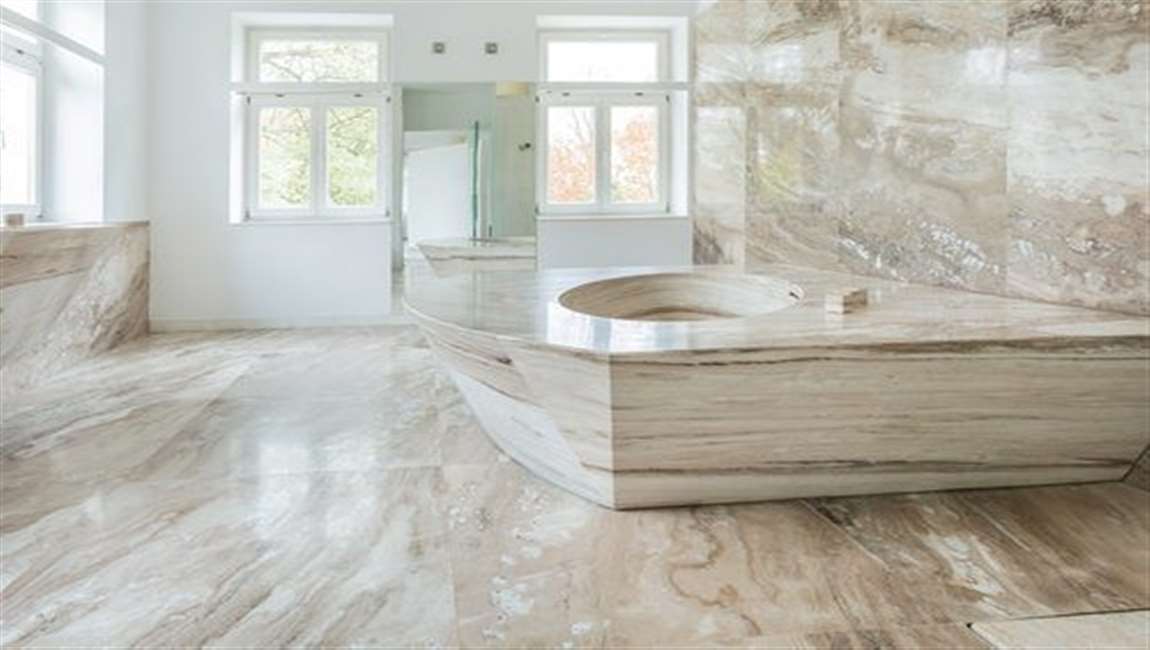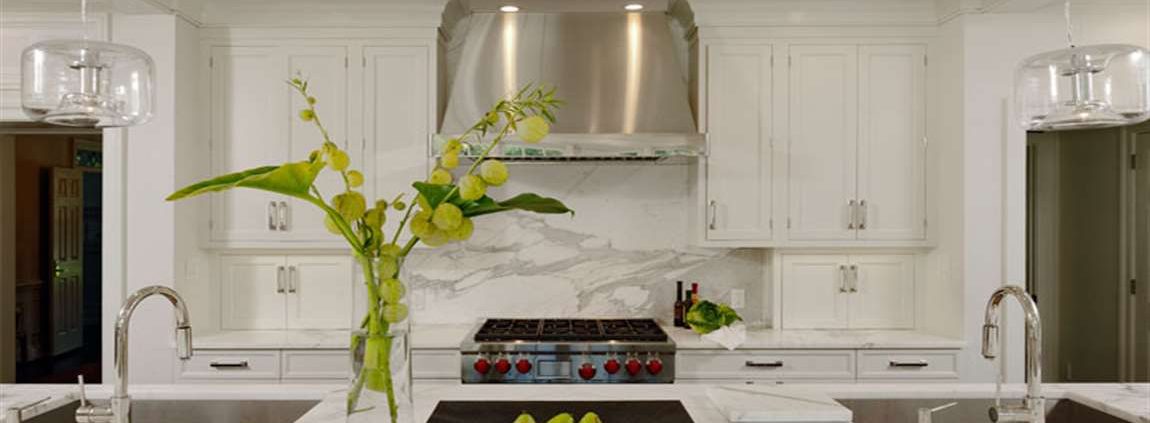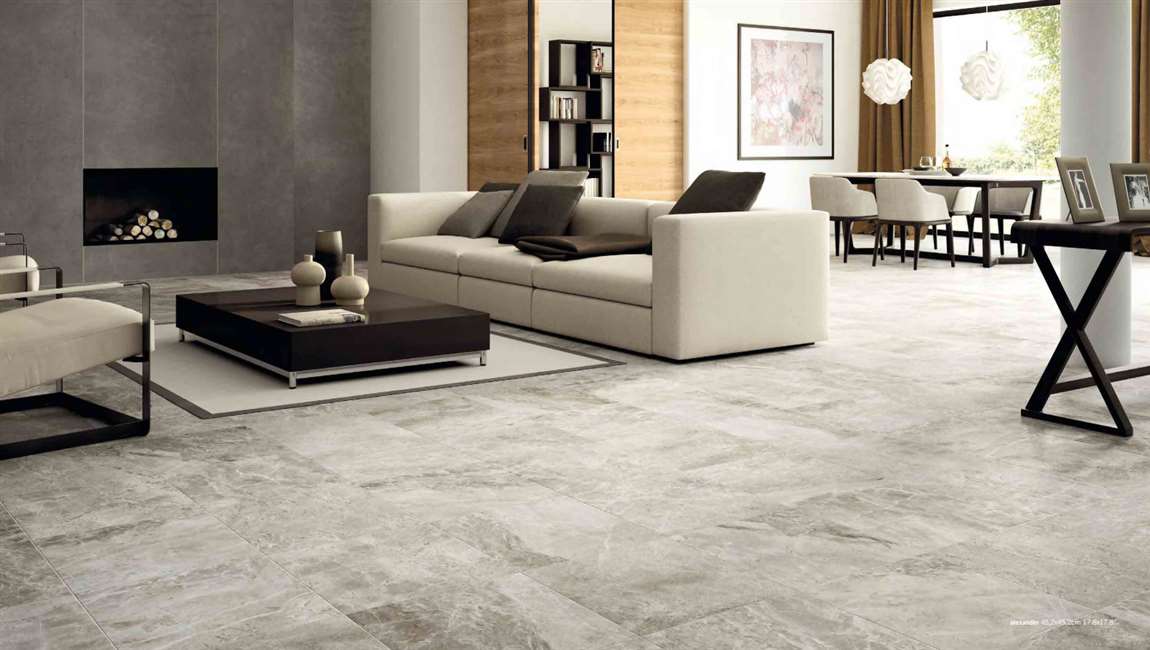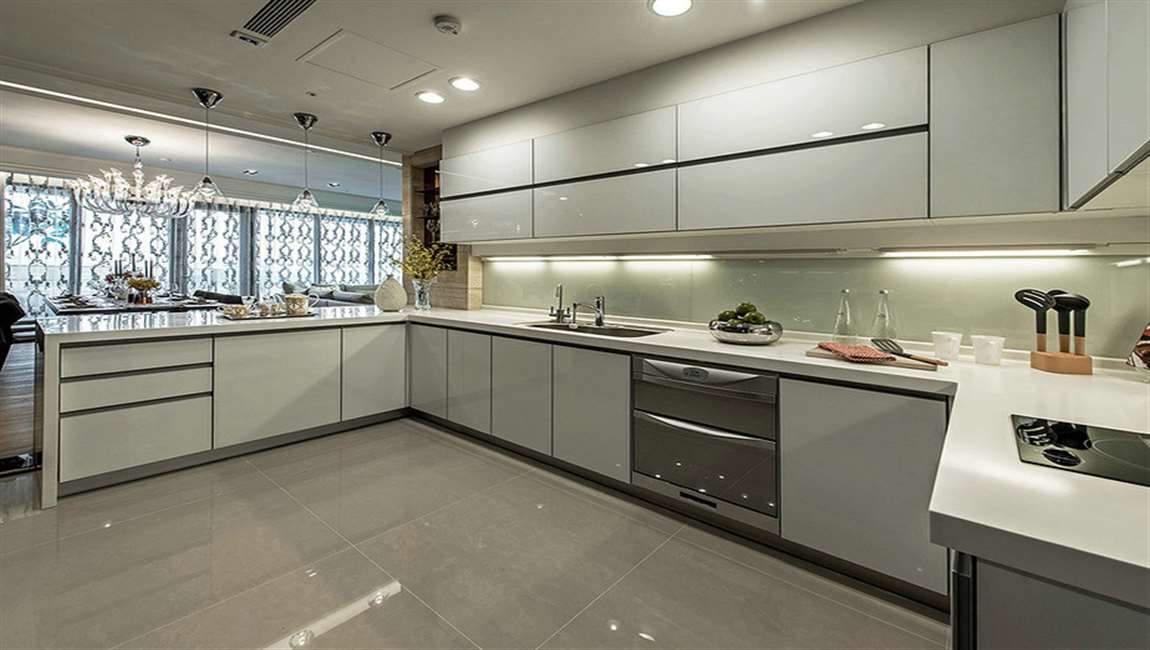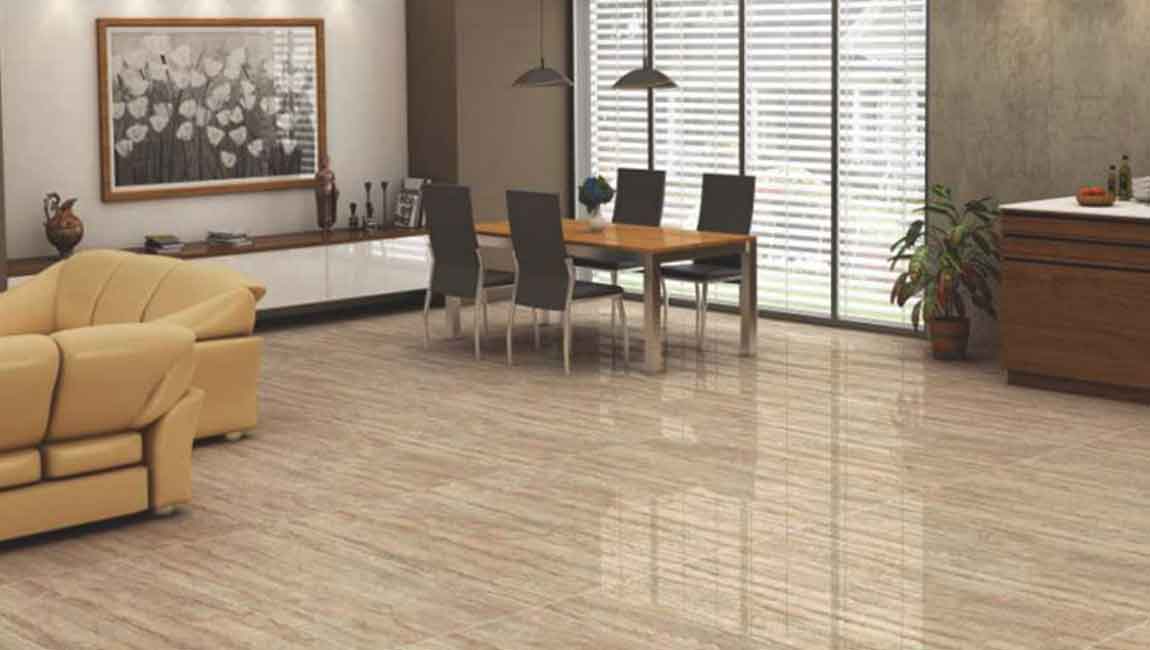How Targeting Stains and Grease?
Use an alkaline degreaser for oil and grease. Oil and grease, often found on garage floors, should be cleaned with an alkaline degreaser. You can purchase this online or at a hardware store. Consult the label to see how much water to use to dilute your degreaser. Apply to oil and grease stains and then rinse it out completely using water. Make sure to wear goggles and gloves when applying degreaser.
Look for chemical strippers to remove graffiti. In general, chemical strippers should not be used on cement. In the event of graffiti, however, such cleaning solutions are necessary. Go for citrus-based strippers, as these are the mildest. Apply these cleaners to the graffiti and allow them to sit in for several hours before rinsing them out. Use protective gear when working with chemical cleaners.
Apply an acid neutralizer, which you can buy at a hardware store, according to package directions after using a chemical stripper. Remove rust stains. Rust stains are difficult to remove and sometimes require professional cleaning. Cleaners with oxalic acid are usually used to remove rust stains. Apply these according to package instructions, making sure to wear goggles and gloves.
As removing concrete can be difficult, it’s usually best to seek professional help if you have concrete built up on your cement. Spray down the cement with clean water to remove any traces of your cleaner. Make sure to keep spraying your cement until water runs clear. Any cleaner reside can damage the cement over time.
Although proper usage will vary from product to product, in many cases you can combine a product, like Barkeeper’s Friend, with a small amount of water to make a paste. Apply this to remaining stains or buildup for a few hours. Generally, by allowing your cleaning product more time to work on the stain, the results will be better.








